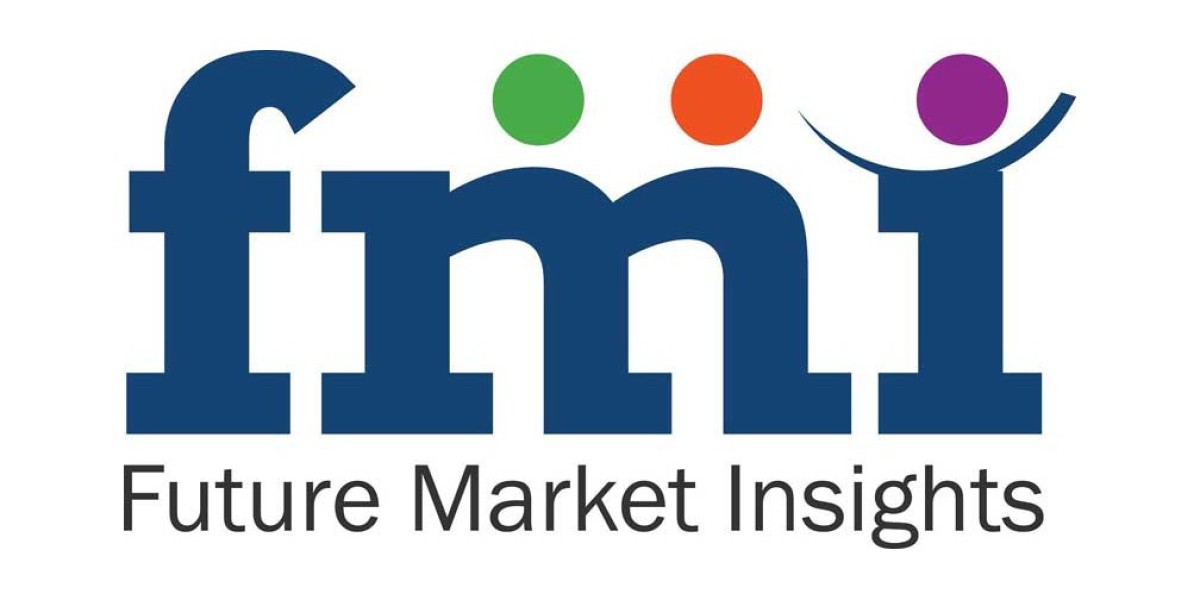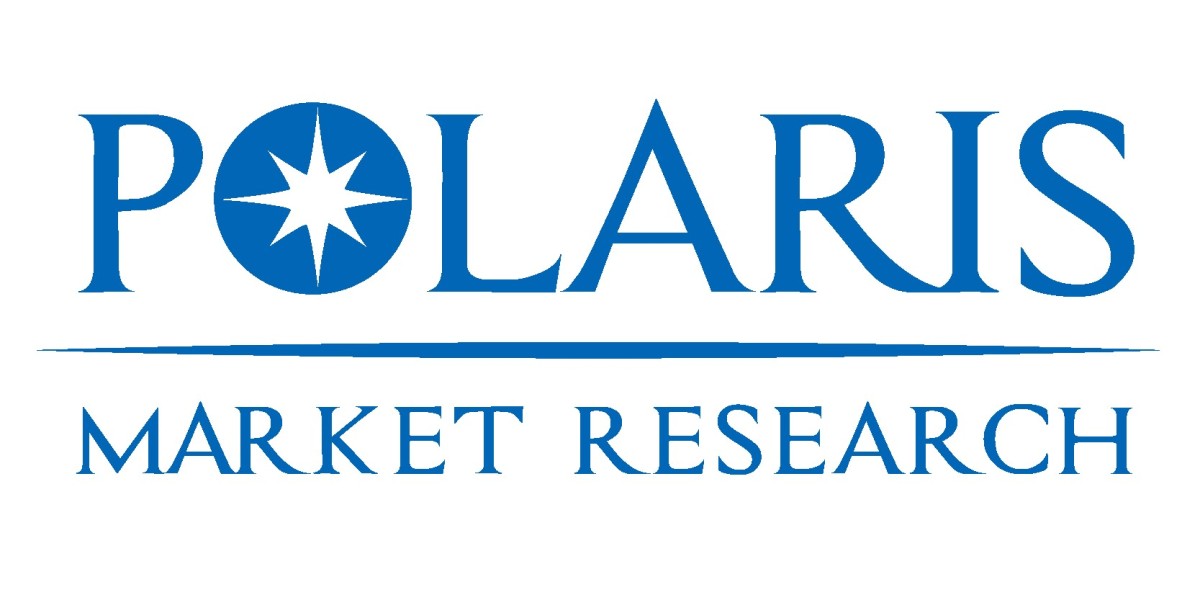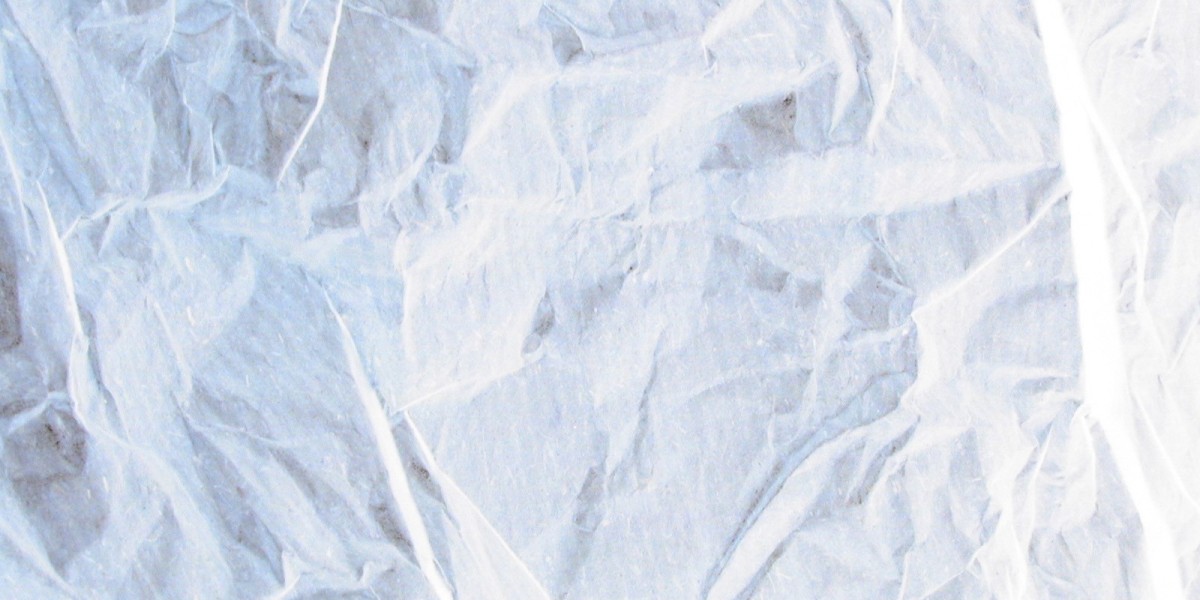The global surface treatment chemicals market is on the cusp of a remarkable growth trajectory, driven by the increasing demand for high-performance coatings and chemical treatments across a diverse range of industrial and manufacturing sectors. Valued at USD 12.2 billion in 2025, the market is projected to reach USD 28.3 billion by 2035, registering a compound annual growth rate (CAGR) of 8.8%. This growth reflects not only the rising adoption of surface treatment chemicals but also the technological evolution transforming the sector, from eco-friendly formulations to precision engineering applications.
Over the next decade, industries are expected to increasingly rely on surface treatment chemicals to enhance corrosion resistance, wear durability, and aesthetic appeal of metal and alloy components. These solutions are pivotal across automotive, electronics, aerospace, and construction applications, where structural integrity and long-term performance are paramount. Continuous innovation in chemical formulations, environmentally compliant processes, and automation is providing manufacturers with tools to boost operational efficiency while reducing environmental impact.
Segmental Insights: Anodising Leads the Market
Among product types, anodising chemicals are projected to hold the largest share of the market in 2025, accounting for 22.2% of total revenue. Anodising chemicals improve surface oxidation, offering enhanced corrosion resistance, wear resistance, and electrical insulation without altering the core properties of metals such as aluminum. Industries demanding precise surface engineering, particularly electronics and aerospace, are increasingly integrating anodising treatments to ensure product longevity, uniformity, and reliability.
Advancements in eco-friendly anodising chemicals, process optimization, and automation are further driving operational efficiency while meeting regulatory requirements. Companies are leveraging these solutions to extend component lifecycles, reduce maintenance costs, and maintain compliance with international standards, reinforcing the sector’s robust growth potential.
Electronics and Electrical Applications Drive Adoption
The electronics and electrical segment is set to be the largest application area, contributing 32.8% of market revenue in 2025. The surge in demand is fueled by the need for corrosion-resistant, durable treatments for electronic devices, circuit boards, connectors, and enclosures. Surface treatment chemicals enhance insulation, anti-oxidation properties, and thermal stability, enabling electronic systems to perform reliably under increasingly complex operational conditions.
The proliferation of consumer electronics, industrial automation, and high-performance electrical systems is encouraging manufacturers to adopt precision chemical solutions. Regulatory standards emphasizing safety, environmental compliance, and long-term durability further reinforce the adoption of high-quality surface treatment chemicals. Automated application techniques and advanced formulations are allowing manufacturers to achieve uniform coatings, minimize defects, and ensure consistent performance, positioning electronics as a major driver of market growth over the next decade.
Market Dynamics and Industry Drivers
Surface finish is a critical attribute for components exposed to extreme operational environments. Materials such as metals, alloys, and printed circuit boards face challenges from friction, temperature fluctuations, corrosive exposure, and abrasive conditions. Surface treatment chemicals enhance hardness, wear resistance, and adhesion of coatings while enabling high-performance finishes for metals like aluminum and titanium.
The growing demand for lightweight, high-strength materials, combined with a focus on energy efficiency and component longevity, is accelerating the adoption of chemical treatments. Industrial sectors are investing in modernized surface treatment processes, including automation, eco-friendly formulations, and precise application technologies. These advances are creating new growth opportunities across multiple industries, supporting market expansion while minimizing environmental impact.
Regional Market Insights
Asia-Pacific is emerging as a key growth hub, with China leading at a CAGR of 11.9% and India following closely at 11.0%. Rapid industrialization, growing electronics and automotive manufacturing, and governmental initiatives supporting industrial modernization are driving adoption of surface treatment chemicals. China’s focus on high-performance manufacturing and India’s expanding automotive and electronics sectors create fertile opportunities for both domestic and international chemical companies.
In Europe, Germany remains a dominant market, with a projected CAGR of 10.1% due to its advanced industrial and chemical infrastructure. France and the UK are expected to maintain steady growth, driven by regulatory compliance and industrial modernization. North America, led by the USA, is forecasted to grow at a CAGR of 7.5%, supported by a mature manufacturing base, technological integration, and a rising focus on high-performance applications. Brazil, with a CAGR of 6.6%, is emerging as a key player in Latin America, reflecting increasing industrial activity and modernization efforts.
Japan and South Korea are also notable contributors, with markets valued at USD 569 million and USD 348.3 million in 2025, respectively. The focus in these regions remains on precision, reliability, and integration with advanced manufacturing technologies, particularly in electronics, automotive, and aerospace applications.
Purchase this Report for USD 5,000 Only | Get an Exclusive Discount Instantly! https://www.futuremarketinsights.com/checkout/2796
Everything You Need—within Your Budget. Request a Special Price Now! https://www.futuremarketinsights.com/reports/sample/rep-gb-2796
Key Players Shaping the Market
The surface treatment chemicals market is led by a mix of established global companies and innovative entrants who are driving technological advancement. Leading players such as PPG Industries, Henkel AG & Co. Ltd., Dow, Chemetall Inc., NOF Corporation, Atotech, Quacker Chemical Corporation, and Platform Specialty Products Corporation leverage decades of chemical expertise to expand their portfolios, develop advanced formulations, and support automated application systems.
Emerging companies are making their mark by focusing on niche applications, customized formulations, and eco-friendly chemical solutions. These innovators are attracting clients seeking specialized surface treatment capabilities, rapid product development cycles, and integrated manufacturing support. Together with regional specialists, they are expanding market reach, fostering technological innovation, and creating diverse revenue streams across global industrial sectors.
Opportunities and Technological Trends
The next decade is set to witness transformative developments in the surface treatment chemicals market. Automation, process integration, and environmentally compliant formulations are reshaping the competitive landscape. Companies are investing in advanced anodising, passivation, coating, and additive technologies to improve precision, efficiency, and environmental performance.
Emerging applications in electronics, automotive, aerospace, industrial machinery, and construction are driving demand for chemical solutions that improve surface durability, adhesion, and functional performance. Strategic initiatives focused on research and development, localization of production, and collaboration with industrial clients are further strengthening market positioning and enabling sustainable growth.
About Future Market Insights (FMI)
Future Market Insights, Inc. (ESOMAR certified, recipient of the Stevie Award, and a member of the Greater New York Chamber of Commerce) offers profound insights into the driving factors that are boosting demand in the market. FMI stands as the leading global provider of market intelligence, advisory services, consulting, and events for the Packaging, Food and Beverage, Consumer Technology, Healthcare, Industrial, and Chemicals markets. With a vast team of over 400 analysts worldwide, FMI provides global, regional, and local expertise on diverse domains and industry trends across more than 110 countries.








